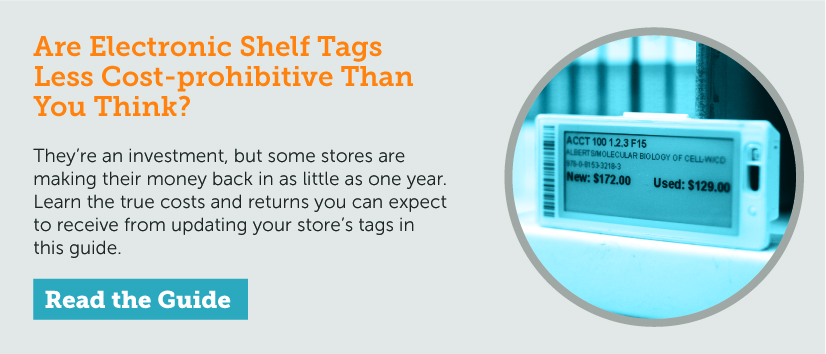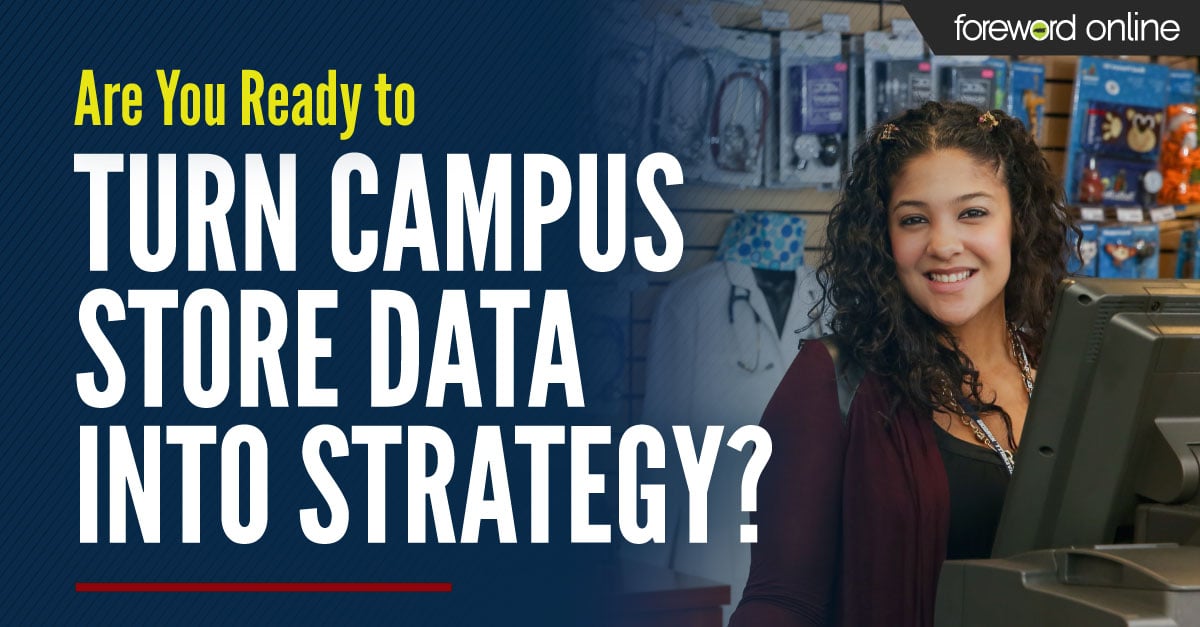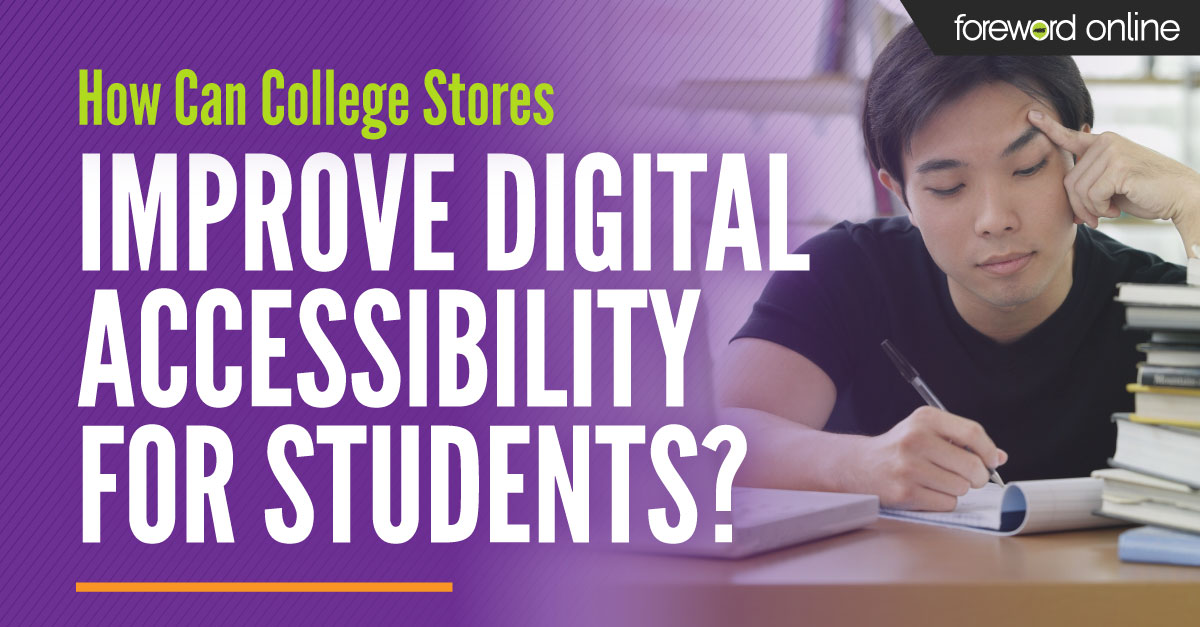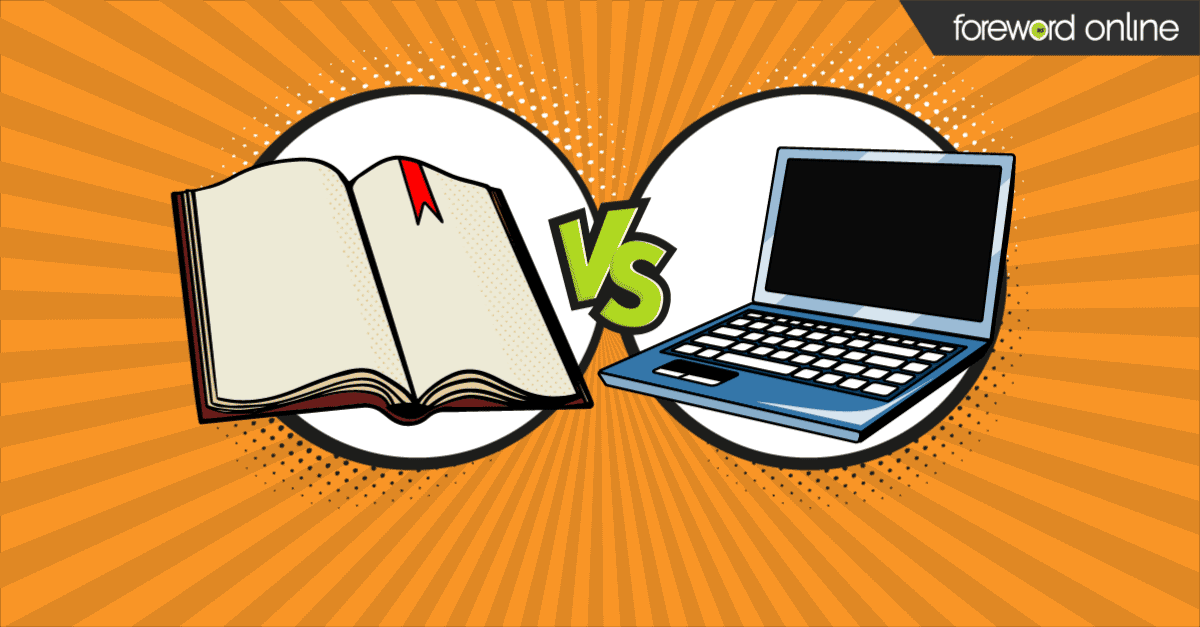When digital publishing became widely available, the major publishers ignored it. Then eBooks started making headlines, and the industry began to grow at incredible rates. Still, traditional publishers were slow to react. The consensus was that publishers had “five years” to get in front of the issue even though they were already five years behind.
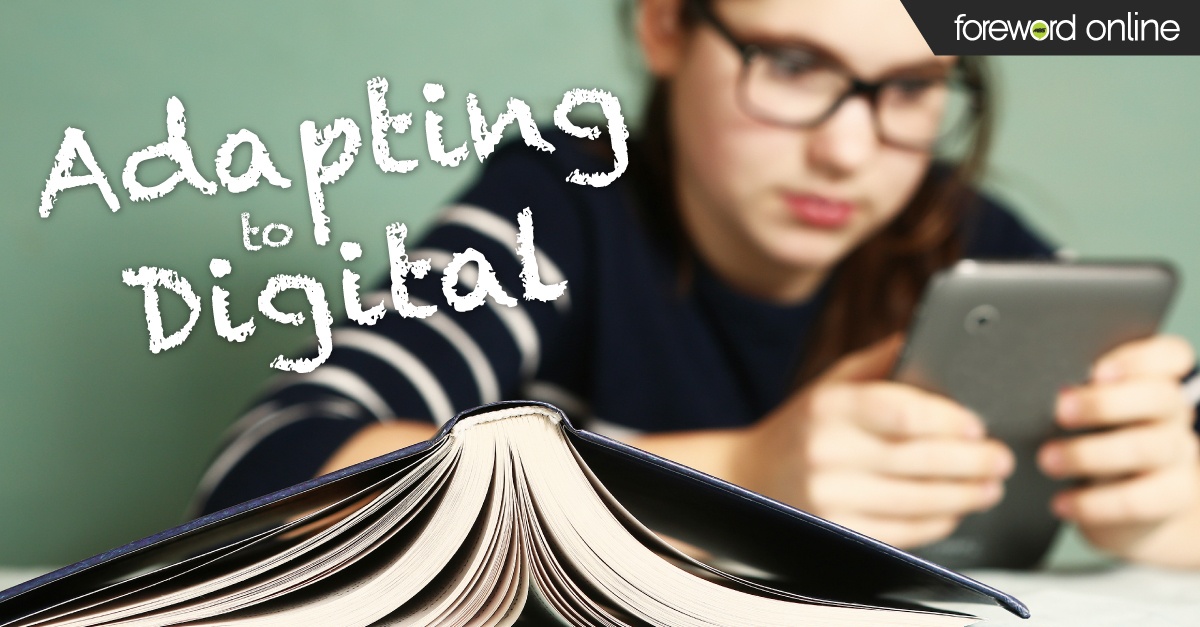 Some even went so far as to dismiss it as a fad. After all, the book wasn’t going anywhere. They put on blinders to the fact that Amazon and independent authors were steamrolling through their industry until it was almost too late to catch up. There was a power shift in the industry, and those who were adaptable fared better than those who weren’t. It is a story that pops up throughout history. Nothing is permanent. Time changes not only our views, but also our needs. Businesses have to find ways to adapt.
Some even went so far as to dismiss it as a fad. After all, the book wasn’t going anywhere. They put on blinders to the fact that Amazon and independent authors were steamrolling through their industry until it was almost too late to catch up. There was a power shift in the industry, and those who were adaptable fared better than those who weren’t. It is a story that pops up throughout history. Nothing is permanent. Time changes not only our views, but also our needs. Businesses have to find ways to adapt.
That’s not saying the book is going anywhere. All indications would point to the fact digital and print will coexist. People wanted options, and now they have them. The same can be said for educational material. Will the textbook ever fully go away? Probably not. Will the shift in the market continue to happen? Probably so.
Depending on which side of the debate you fall on, there is plenty of research to back your opinion. Print purists quote data that says students still prefer textbooks to eBooks and they don’t learn as well on digital devices. eBook enthusiasts will counter that students need less expensive options, that shorter attention spans engage better with interactive materials, and that with more K-12 schools going to 1:1 programs, students, and how they learn, are changing. It isn’t a this or that problem.
How can bookstores adapt?
- Offer options — New, used, digital and rental, more options equal more inclusiveness. Still, though, it can be taken a step further. Offering students price comparisons through electronic shelf tags or on your website can go a long way in maintaining a relationship of trust with students. Show you understand their financial concerns and are doing your part to help
- Become a student destination — College stores have an advantage that traditional retail doesn’t have: the store can become “the place to be.” Campuses are their own world. They provide education, friendships, food and supplies. Often leaving campus is a bigger hassle than staying. Students probably aren’t going to hang out for hours studying and talking at H&M, but they might at your store if it is set up for them to do so
- Use existing publisher relationships to help students and faculty — Some digital materials have analytics enabled. With such materials, data can be monitored to the benefit of faculty members and students. Information like highlights and the number of times sections were looked up, and the amount of time students spend using the eBook can be used to make better decisions. A teacher can look at that data to determine if a concept isn’t connecting with a class or if students aren’t using their textbooks. This can change the way materials are presented or even whether or not they are adopted again. This information comes from the publishers with whom bookstores already have a relationship
While print books aren’t going anywhere, consumer and educational eBooks became a $14.55 billion industry in 2016 and is still growing. Continuing finding ways to adapt and bring technology into your store is a means of survival.

